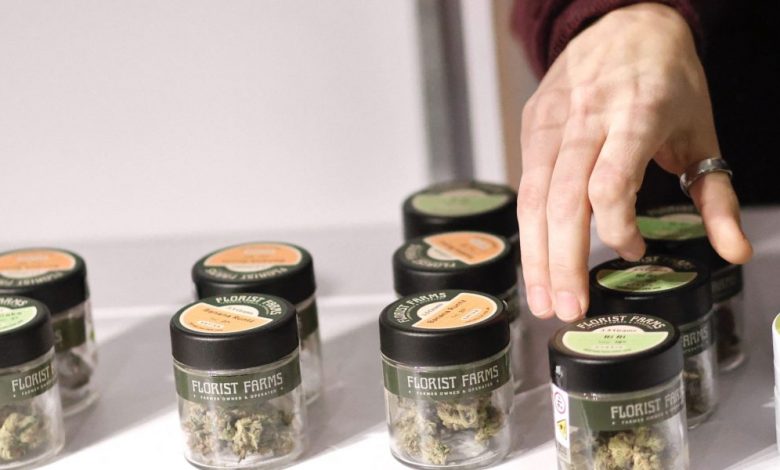Legal cannabis sales are on the wrong track in what is the latest sign of reckoning for the once-booming industry

Legal cannabis sales in states like California and Colorado have plummeted amid uncertain economies and the end of the pandemic-related boom, adding a long list of problems to the industry after years of euphoric growth.
Taxable sales in California fell 8.3% last year to $5.3 billion, the State Department, which administers the collection of corporate taxes and fees, said last week. Part of the decrease was due to the elimination of a cultivation tax,
In Colorado, marijuana sales fell 20% to $1.8 billion during the same period, according to the state Treasury Department. Meanwhile, in Washington state, retail revenue for fiscal 2022 fell 8% to $1.4 billion.
The annual declines, the first ever for all three states, mark a major reversal from rapid growth seen in previous years. The initial optimism led to a growing number of retail outlets, a mini-industry of cannabis paraphernalia suppliers, and an army of cannabis wholesalers.
Cannabis sales soared during the pandemic, with many people working from home and limited entertainment options. At the same time, the state coffers were filled with more and more tax revenue from cannabis sales.
But that changed last year when the economy turned sour and some people cut spending. Additionally, many workers were returning to the office, leaving less time for recreational cannabis use.
These factors, along with growing competition from unlicensed cannabis sellers who charge less for their products, have severely hampered the sale of legal marijuana. Retail stores are particularly under pressure, as they, like any business, have to deal with fixed costs such as rent.
For example, MedMen, a cannabis retail chain known as the “Apple Store of Weed,” has warned investors that it is on the verge of financial collapse. A public company in Canada, it was once worth $1.7 billion, but it’s now down to just $33 million and has closed a number of its stores to cut costs.
Learn how to navigate and build trust in your organization with The Trust Factor, a weekly newsletter exploring what leaders need to succeed. Login here.



